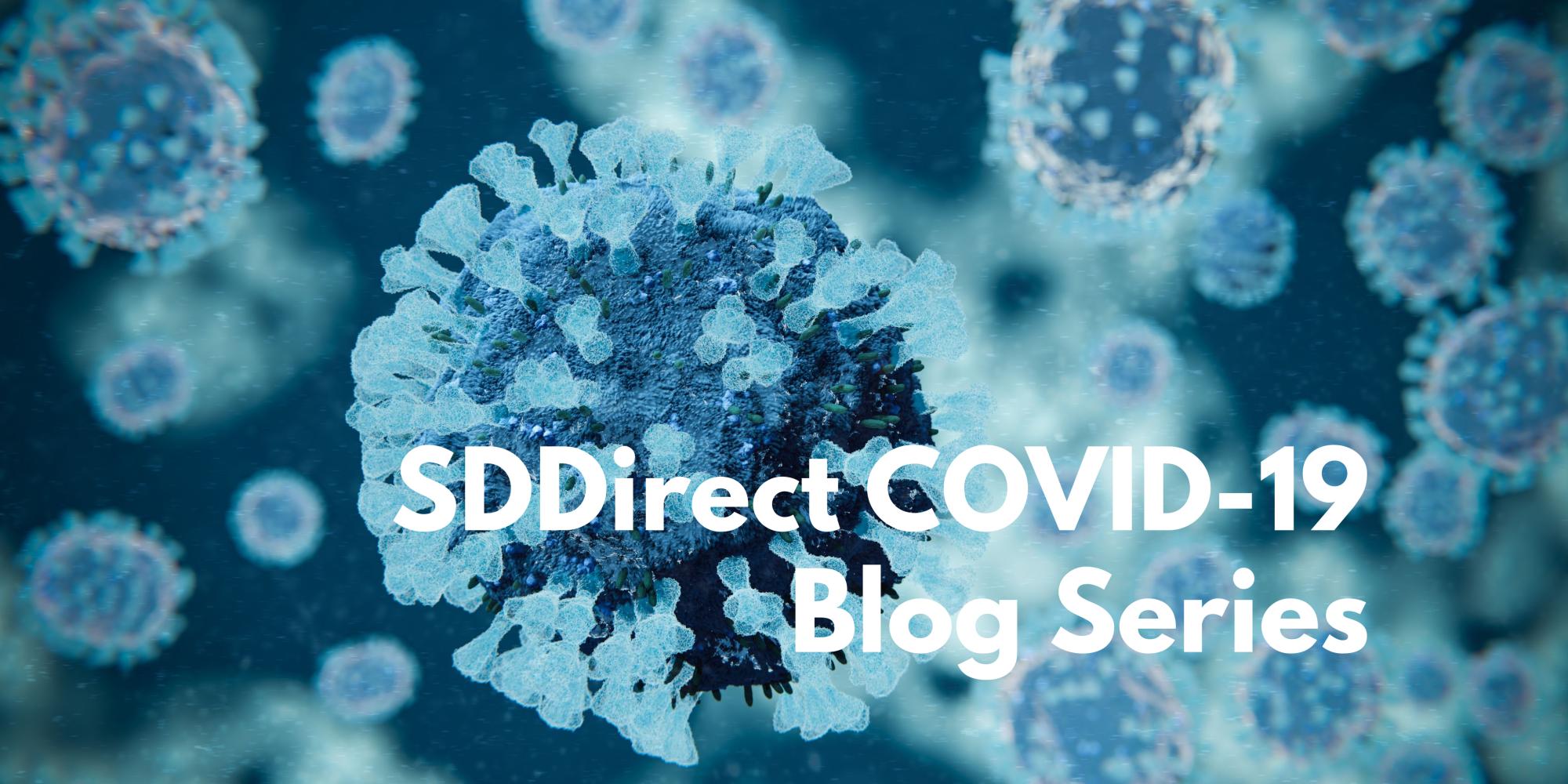
Adolescence is a time of great opportunity and significant risk, especially for girls. It is a time of rapid physical and cognitive development where girls want to experience more independence and freedom. Yet the COVID-19 pandemic has put huge restrictions on and barriers to girls’ development. This global health emergency is likely to have long lasting impacts, unless we take this opportunity to prioritise girls’ rights and needs and work to create a better future for them free from violence, exploitation, restricted freedoms and inequalities.
Evidence from other disease outbreaks have shown that existing inequalities experienced by adolescent girls will be heightened during a crisis, for example:
- Adolescent girls often fall through the cracks of interventions that address needs of children and adult women.
- UNESCO estimates that over 89% of children are currently out of school because of COVID-19 closures - including nearly 743 million girls. Over 111 million of these girls are living in the world’s least developed countries where getting an education is already a struggle. This loss of access to education and rising school drop-out rates are likely make it harder for adolescent girls to return to education - further exacerbating the gender gaps in education and potentially reversing the significant progress that has been made in universal primary and secondary enrolment. Families facing economic hardship may find it difficult to re-prioritise girls’ education when the time comes.
- Teenage pregnancies are likely to increase due to the risk of sexual exploitation and economic stresses which may force adolescent girls to adopt risky strategies to feed themselves and their families. This coupled with a lack of access and deprioritisation of comprehensive ASRH services makes for dire consequences.
- Quarantine measures may increase girls’ risk of violence in the home, along with limited access to support services.
- Harmful gender and social norms and attitudes and practices that restrict girls’ autonomy and freedom may also be reinforced during this time, including early, forced marriage and FGM.
The Violence Against Women and Girls Helpdesk have developed an Adolescent Girl Resource Pack for DFID staff working on policy and programming around adolescent girls’ empowerment. It builds on global and UK commitments to empower adolescent girls in the Strategic Vision for Gender Equality, Economic Development Strategy, and the Sustainable Development Goals (SDGs).The pack includes an overarching summary brief and four stand-alone briefs addressing specific areas for empowering adolescent girls including; girls’ groups / safe spaces; humanitarian and conflict contexts; climate change; and monitoring, evaluation and learning.
Whilst these briefs have been developed to highlight good practice and will be relevant beyond the current global crisis, they also include adaptations that can and should be made to policy and programming during the pandemic. Key messages for programmers and policymakers working with adolescent girls are outlined below.
Participation of adolescent girls through the programme cycle
A key message emphasised throughout the Resource Pack is the important of meaningful involvement of adolescent at all stages of a programme cycle. This continues to be absolutely critical as policy makers and programme staff gear up to respond to this health crisis, and there is a need to think through different ways that they can be meaningfully involved in contexts of limited social gathering and reduced face-to-face interaction. Where it is still possible, consultation with girls should be prioritised to better understand their situation and what they need or what in the current context.
Girls' clubs and safe spaces
The case for girls-only safe spaces continues to be imperative. However, in circumstances where it is not safe to gather face-to-face in groups, adaptations need to be made. These remain critical spaces to provide information and services to girls both in relation to any ongoing life-skills curricula and access to sexual and reproductive health, but also in terms of safeguarding and reporting and responding to violence against women and girls (VAWG) and sexual exploitation, abuse and harrasment (SEAH). Girls clubs are also vital in enabling girls to stay connected with their peer group and accessing any psychosocial support that they will certainly need in these times of crisis and uncertainty. Girls clubs can be used as key entry points for providing vital information and services girls, including about the virus as well as sexual reproductive health services. Our Girls Group brief provides practical guidance for practitioners and signposts key resources for further information.
Monitoring, evaluation and learning (MEL)
Whilst it remains critical that adolescent girls are meaningfully involved in all MEL activities it becomes more challenging when face-to-face interactions and data collection are not possible. The use of remote, digital and mobile data collection tools become more important, yet access to mobile phones among adolescent girls is often very limited, negotiated or shared among others or not available at all. Any programme considering using these technologies for data collection and M&E activities need to consider the digital gender divide to identify who might be missing out, and what the impacts of that might be. Safeguarding, ethics and ‘Do No Harm’ principles, whilst always essential, become all the more important during such a global health emergency. Our MEL brief provides further guidance on ethics, remote data collection and key principles for understanding and measuring what works for adolescent girls.
Humanitarian and conflict contexts
Times of crisis expose adolescent girls to multiple risks. Social distancing and quarantine measures related to the COVID-19 global pandemic have further restricted girls’ movement, exacerbated household tensions, limited opportunities for income generation, which in turn exacerbates the risk of sexual exploitation of adolescent girls. Rates of early forced marriage and teenage pregnancy are also known to increase during emergencies. Our Humanitarian and Conflict brief provides further guidance on meeting girls’ practical basic needs during the health emergency, as well as how to make strategic longer-term investments.
We welcome constructive feedback on this blog and are keen to collaborate with organisations that share our values and our commitment to ensuring no one is left behind as part of the COVID-19 response.